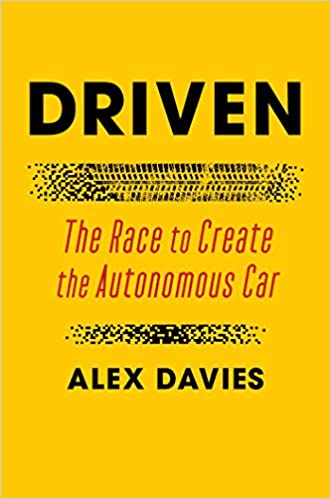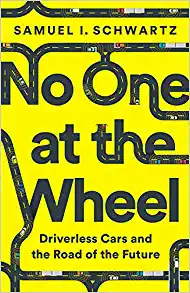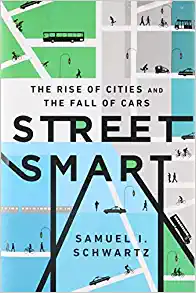History
The Autonomous Car has long captured the imagination.
Although you might think, as with the self-driving car, that the electric car is a fairly new concept, this is not the case. More than a hundred years ago, electric cars were already driving around the world.
19th Century
1835 Sibrandus Stratingh - The First Electric Car
The first electric car was already developed in 1835 by a Dutch professor from Groningen called Sibrandus Stratingh. Around 1885 the electric car really broke through, thanks to the development of usable electric batteries in France. This was a rechargeable lead-acid battery.
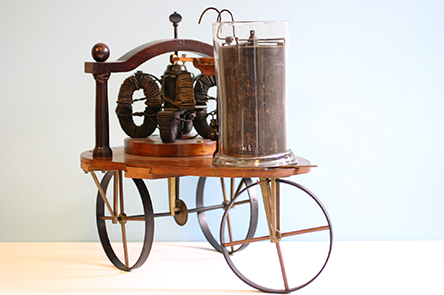
1890 Electric Rocket Car
By 1890, it was already clear that electric motors were more reliable and comfortable than cars powered by internal combustion engines. The electric car also requires less maintenance, you don't have to change gears and they vibrate and shake less while driving. All in all, driving electric has a lot of advantages. Furthermore, the first person to reach the speed barrier of 100 kilometres per hour drove an electric rocket car.
Interbellum
1925 Houdina Radio Control - "American Wonder"
The first self-driving car could be seen driving on Broadway and Fifth Avenue in New York City as early as 1925. It was remotely radio-controlled, but this was quite a revolution for that time, even though it felt like a giant toy car.
The antenna introduced the signals to circuit-breakers which operated small electric motors that directed every movement of the car.
In 1925, Houdina Radio Control demonstrated the radio-controlled "American Wonder" on New York City streets, traveling up Broadway and down Fifth Avenue through the thick of a traffic jam. The American Wonder was a 1926 Chandler that was equipped with a transmitting antenna on the tonneau and was operated by a person in another car that followed it and sent out radio impulses which were caught by the transmitting antenna.
1939 Norman Bel Geddes - "Magic Motorways"
As early as the 1939 New York World's Fair, a self-driving car was demonstrated, designed by Norman Bel Geddes. This used a track of magnets incorporated into the road surface.
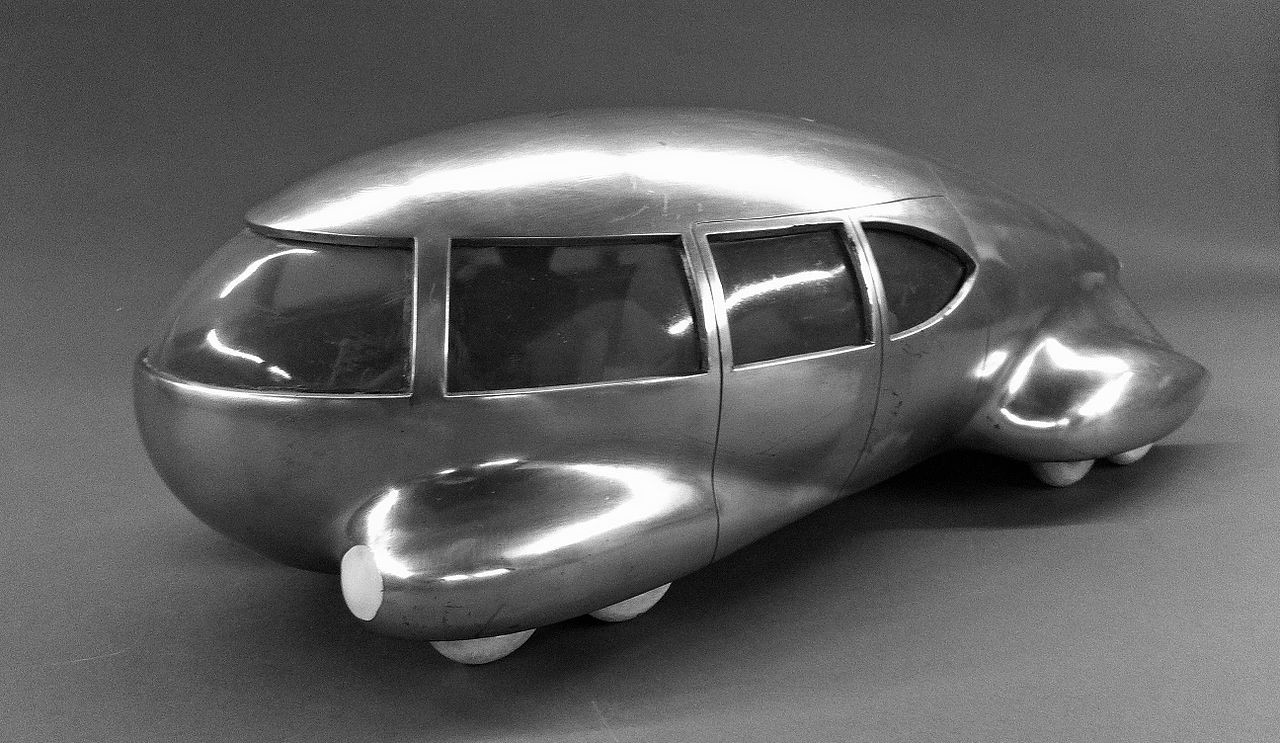

In the 1980s and 1990s, the German Eureka Prometheus Project was carried out in which various underlying techniques and new concepts were developed. At the same time, the American DARPA picked up several studies, both for civil and military applications.
At the beginning of the 21st century, techniques were introduced that step-by-step support the driver while driving. These included the option of allowing the car to steer when someone unconsciously threatens to step out of line and autopilot that automatically keeps the car within the lines on the highway (lane centering). These can be seen as the first steps in taking control from the driver.
Since the decade of the twenty-first century, research into self-driving cars has been booming. More and more countries are passing laws to allow self-driving cars on public roads under conditions.
The development of this car came to a standstill for a while due to the First and Second World Wars, but around 1950 the development of the self-driving car was resumed.
Napping while driving
It was not until 1980 that the real breakthroughs for the development of the self-driving car came. At this time, General Motors claimed to have equipped a car with an electric system. This allowed the driver to take a nap while driving, as the steering was taken over by this system on long stretches. Who wouldn't want to take a nap on the way to work? However, we now know that the real invention took place earlier.
The first prototypes of these self-driving cars appeared on public roads in 1980. The first and truly self-driving car appeared on the road in 1986, reaching speeds of 60 miles per hour, it was called the Robot Car 'VaMoRs'.
Not much later, the first navigation systems also appeared on the market, these were based on sensors. In 1991, the US Congress approved a proposal for the development of autonomous cars and related infrastructure.
Future traffic jams no longer tiring?
The development of the self-driving car only really started to accelerate from 2000 onwards. This is of course because there was more technological knowledge at this time than in the 20th century. So who knows, maybe a fully self-driving car will soon be available to consumers, allowing you to nap or Netflix the whole way through. This, of course, also alleviates the well-known traffic congestion.
Electric taxi company
After 1900, many electric car fleets were set up by taxi companies. Especially in the big cities. 90% of the taxis were even electric in New York at one point. The electric car became really popular when houses started to have electricity. From then on, cars could be charged at home. In America at the beginning of the 20th century, electric cars were more popular with a 40% market share than petrol cars with a 22% market share. The other vehicles at the time were still steam-powered.
Where have the electric cars gone?
Now you're probably thinking: "How come most of them are now driving petrol again, when electric driving was so popular and the advantages were so great even then?" This is due to a confluence of developments. The need for higher speeds increased as road surfaces improved, and people also needed a greater driving range. Unfortunately, at that time, this could not be realised with electrically driven cars. At the time, petrol was also much cheaper than electric cars. The combustion technology of petrol cars also improved and because of mass production they became cheaper than electric cars.
Electric driving resurges
Nevertheless, electricity remains a form of propulsion that is often used for vehicles that travel short distances, such as forklift trucks. However, over the past 20 years, interest in electric cars has been resurrected and is slowly coming back. Could it be that in a few years almost everyone will be driving electric again?
Media
Visit our media section for a complete overview.

